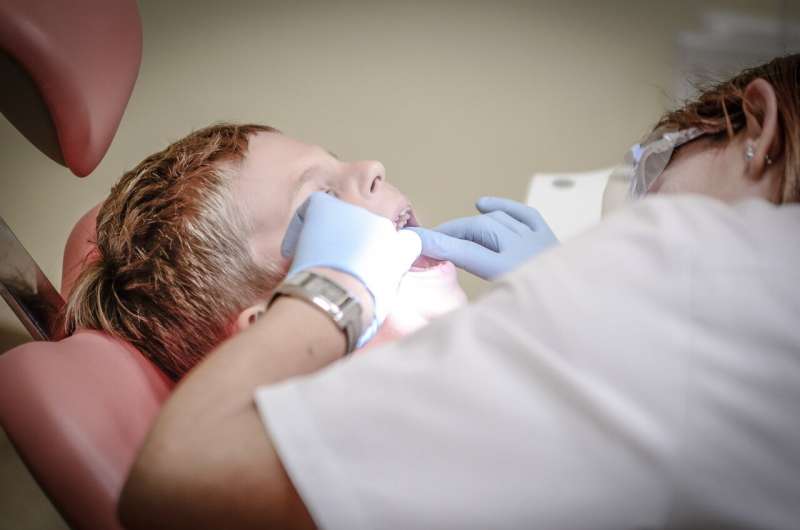This article has been reviewed according to Science X's editorial process and policies. Editors have highlighted the following attributes while ensuring the content's credibility:
fact-checked
proofread
Examining family out-of-pocket expenditure on dental care

A study aimed at determining if poorer families pay more for dental care as a proportion of their total income than richer families. was presented at the 102nd General Session of the IADR, which was held in conjunction with the 53rd Annual Meeting of the American Association for Dental, Oral, and Craniofacial Research and the 48th Annual Meeting of the Canadian Association for Dental Research, on March 13-16, 2024, in New Orleans, LA, U.S.
The abstract, "Family Out-of-Pocket Expenditure on Dental Care," was presented during the "Oral Health Interventions and Policies" Poster Session that took place on Thursday, March 14, 2024, at 11 a.m. Central Standard Time (UTC-6).
The study, by Lisa J. Heaton of CareQuest Institute for Oral Health, Boston, MA, U.S., utilized 2007-2020 Medical Expenditure Panel Survey data and calculated three quantities of interest: [1] probability of at least one dental visit per year by family income quintile, [2] total expenditure for dental care as a proportion of total family income by family income quintile and [3] out-of-pocket expenditure for dental care as a proportion of total family income by family income quintile.
All analyses were weighted to represent the US population.
Between 2007 and 2020, the probability of at least one dental visit in the past year was 28% for the poorest quintile of families versus 56% for the richest quintile of families. Poorer families paid a higher proportion of their income in total and out-of-pocket dental care than richer families. This disparity widened from 2007 to 2020. By 2020, total expenditure for dental care was 5.2% of total family income for the poorest quintile compared to 1.7% of total family income for the richest quintile.
Out-of-pocket expenditure for dental care was 1.7% of total family income for the poorest quintile compared to 0.2% of total family income for the richest quintile. Poorer families experienced persistently lower receipt of routine dental care and a higher relative cost of that care.





















